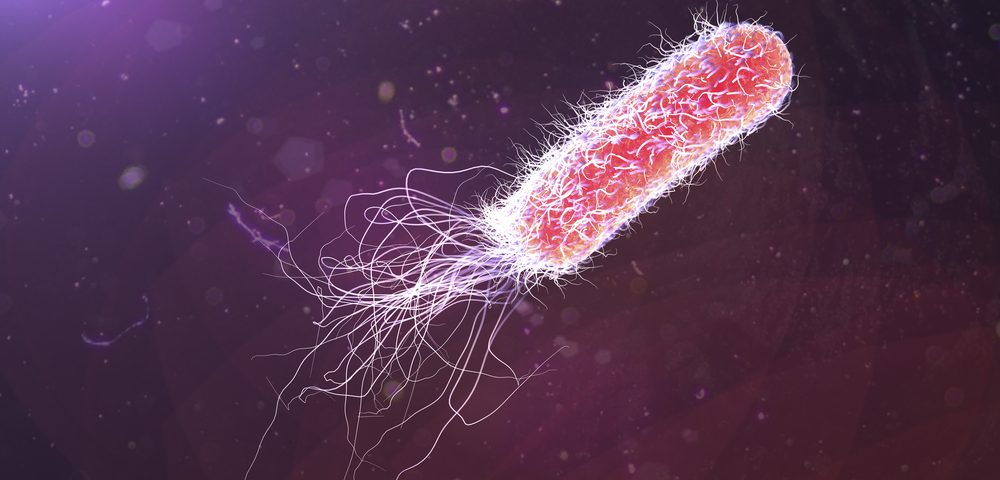Single Enzyme Aided Bacterial Survival Strategy to Help Fight Resistance
β-Lactam antibiotics inhibit cell-wall transpeptidases, preventing the peptidoglycan, the major constituent of the bacterial cell wall, from cross-linking. This causes accumulation of long non–cross-linked strands of peptidoglycan, which leads to bacterial death.
Pseudomonas aeruginosa, a nefarious bacterial pathogen, attempts to repair this aberrantly formed peptidoglycan by the function of the lytic transglycosylase Slt. Now, investigators at the University of Notre Dame have been able to document and illuminated how this single enzyme helps bacteria rebound from damage inflicted by antibiotics not strong enough to immediately eliminate the microbes.
The cell walls of P. aeruginosa are made of long, adjacent units that are cross-linked together. In the presence of a beta-lactam antibiotic, the cross-links are not formed. However, long chains of uncross-linked polymers remain, which signal that the cell wall is damaged. That is where Slt comes in. The enzyme recognizes the damage and chops down the long chains of uncross-linked polymers, and the organism rebuilds the cell wall.
“It’s a survival strategy,” said Shahriar Mobashery, Navari Family Professor in Life Sciences at Notre Dame and lead author of the study. “The cell wall is the structural entity that encases the entire bacterium, and its health is critical for the survival of the bacteria. If you have a drug that inflicts damage to the cell wall, the bacterium cannot cope with it and it dies.
”“It’s sort of like if you’re driving home and get into a fender bender, and by the time you get home, your car is already repaired,” said Mobashery.
The study involved synthesized pieces of the cell wall and studying it with Slt to determine how the enzyme degrades it. They sent purified Slt and cell wall samples to collaborators at the Spanish National Research Council to determine its structure.
“We documented in this report that Slt turns over the peptidoglycan by both exolytic and endolytic reactions, which cause glycosidic bond scission from a terminus or in the middle of the peptidoglycan, respectively,” the authors wrote. “These reactions were characterized with complex synthetic peptidoglycan fragments that ranged in size from tetrasaccharides to octasaccharides.”
The authors continued: “the X-ray structure of the wild-type apo Slt revealed it to be a doughnut-shaped protein. In a series of six additional X-ray crystal structures, we provide insights with authentic substrates into how Slt is enabled for catalysis for both the endolytic and exolytic reactions. The substrate for the exolytic reaction binds Slt in a canonical arrangement and reveals how both the glycan chain and the peptide stems are recognized by the Slt.”






























